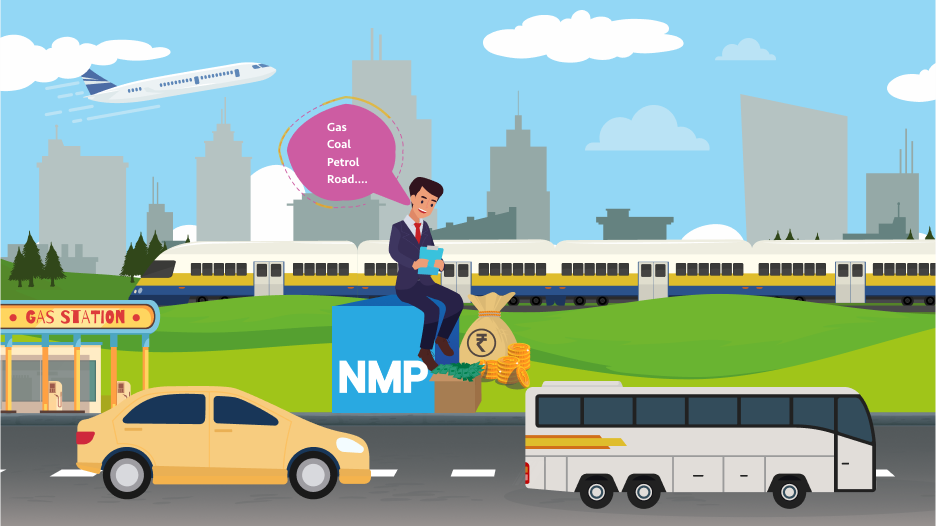Monetisation policy: Sale of Public Assets to Private People?

This post has been authored by Shwetha Vincent and Anjan Kumar, Research Analyst Interns at Arthashastra Intelligence
“The difficulty lies, not in the new ideas, but in escaping the old ones”
– John Maynard Keynes
In 2021, the government introduced a four-year infrastructure plan in the Budget Session. The plan was called the “National Monetization Pipeline”, established with the aim of constructing new infrastructure while developing existing infrastructure in the country. Approximating 1/6th of India\’s total budget, the ambitious project includes 12 line ministries and their departments. The NMP will employ the private sector’s brownfield undertakings and incentivizes private players by vesting them with revenue rights instead of ownership. The resultant proceeds will be used to develop India’s infrastructure. Asset monetization will lead to the value of government assets being unlocked. Through the usage of these assets which are simply not used, underutilized or not fully monetized, the government plans to increase overall development. Private players enable better monetization and efficient utilization of resources. NITI Ayog, which recommended the NMP, clarified that monetization does not mean sale of public assets. It reassured about the ownership rights with government and revenue rights being transferred back once the contractual obligation ceases.
Various public assets (from rails to stadiums) are planned to be monetized. The target set is 600000 lakh crore in 4 years, with current year divestment valued at 88000 crore. The funds will be invested in a cycle, with the initial investment going into new infrastructure and monetization of that infrastructure enabling funds to be invested in a second infrastructure. The NMP has enormous potential to transform India’s structural landscape, but the timing of the announcement itself raises several doubts; to sum up, can such a plan bear fruit at a time when the government’s own finances are weak?
The government’s own track record reveals the policy failure in the areas of privatization and disinvestment. The snail’s speed privatization of Air India and the disappointing launch of PPP initiative in railways proves the point. It is a proven fact that if a government enters a business environment, it tends to destroy the public’s wealth and confidence. With this in mind, a set of question pop up while foreseeing a future path.
- A private player will prefer to invest only if he has facility to borrow; the question that arises is, will the govt mortgage its assets for private investment?
- PSU assets are always charged in favor of vendors (i.e. asset is not realized until government clear its dues). Will private player clear dues on behalf of government and realize the asset for usage?
- Rampant government intervention may happen if the state thinks it needs to do. Do private players like such an environment to invest?
- Private players, to purchase, generally undervalue the asset to reduce their capital expenditure. Will government sell the asset for such undervalued amount, or will it put certain price framework?
The government’s inability to execute privatization and disinvestment of assets has made it consider the Public Private Partnership model. The policy now once again proved that the government’s job is not to enter into business for business. In other words, wealth creation is not its nature of work. Rather, it should support wealth creation by private players. With the NMP, the government is embarking upon a monolithic project, while ignoring the ground realities. If the plan succeeds, it will be interesting to see whether the funds raised will be diverted for productive capital expenditure in developing economic sustainability.
References:
